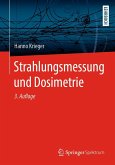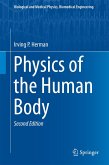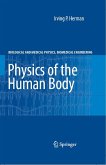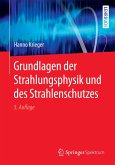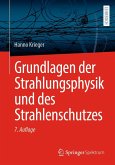This text is devoted to the theoretical studies of radiation effects on mammals. It uses the framework of developed deterministic mathematical models to investigate the effects of both acute and chronic irradiation in a wide range of doses and dose rates on vital body systems including hematopoiesis, small intestine and humoral immunity, as well as on the development of autoimmune diseases. Thus, these models can contribute to the development of the system and quantitative approaches in radiation biology and ecology. This text is also of practical use. Its modeling studies of the dynamics of granulocytopoiesis and thrombocytopoiesis in humans testify to the efficiency of employment of the developed models in the investigation and prediction of radiation effects on these hematopoietic lines. These models, as well as the properly identified models of other vital body systems, could provide a better understanding of the radiation risks to health. The modeling predictions will enable the implementation of more effective preventive and protective measures for people residing in areas with elevated radiation background and astronauts on long-term space missions. Lastly, the models of the radiation-induced mortality established the theoretical foundations of a new individual-based approach to radiation risk assessment. These models thus enable one to predict the mortality dynamics and average life-span shortening for individuals and populations exposed to acute and low-level chronic radiation. Because of its theoretical and practical benefits, this book is as useful for academics, scientists and researchers working in the field of mathematical modeling of biological systems as it is for those working in the fields of radiation biology, ecology and medicine. It is equally useful for Aerospace companies and various corporations that contend with the problems of environmental protection and radiation safety.
Dieser Download kann aus rechtlichen Gründen nur mit Rechnungsadresse in A, B, BG, CY, CZ, D, DK, EW, E, FIN, F, GR, HR, H, IRL, I, LT, L, LR, M, NL, PL, P, R, S, SLO, SK ausgeliefert werden.



